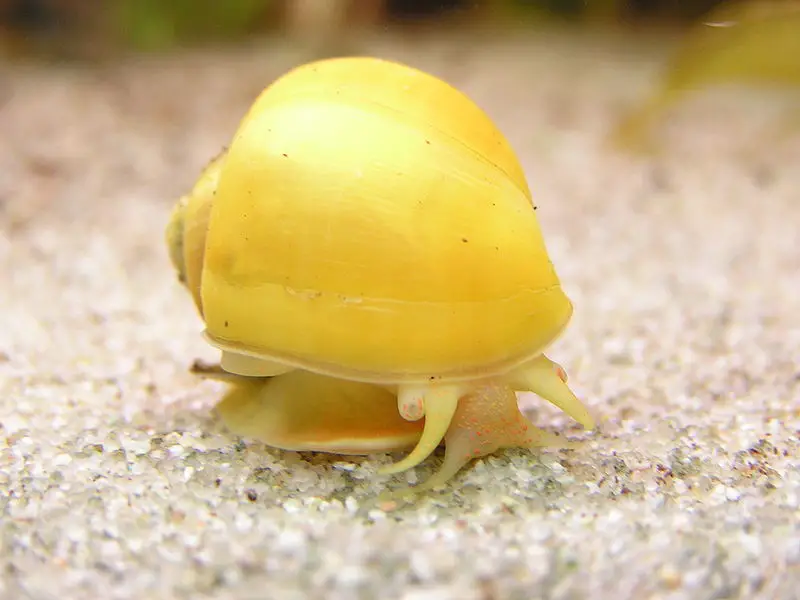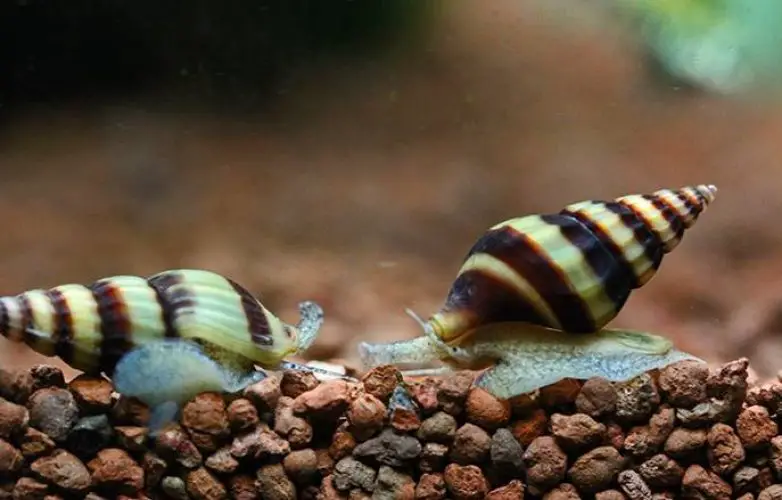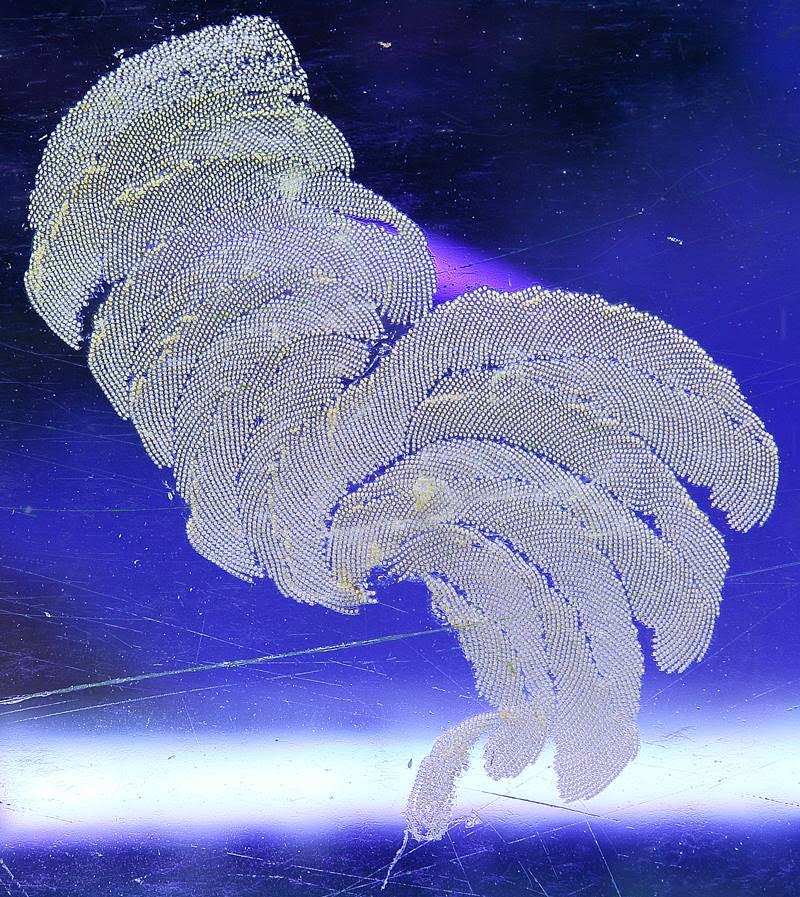Mystery snails are a fantastic addition to most freshwater tanks. They can inject a touch of color and, when moving, are rather interesting to watch. Of course, the mystery snail, just like any other creature in that tank, can get sick. So, how do you know that you have a sick mystery snail?
Unfortunately, it can often be quite tough to know that you have a sick mystery snail. You would think that a snail that is retreating into its shell for days on end is sick, but that is unlikely to be the case. Sick mystery snails can look lethargic, or they barely move at all. If your mystery snail is hanging outside of the shell and not moving when you touch it, then it is probably dead.
On this page, we want to give you a bit more advice on how you can keep an eye out for a mystery snail in the tank. We also want to give you a bit of advice on dealing with the problem.
What Does a Dying Mystery Snail Look Like?
It can be very difficult to tell the difference between a dying mystery snail and a dead mystery snail.
A dying mystery snail will likely be laying at the bottom of the tank not doing anything. It may move slightly, but it won’t happen too often. In rare cases, they can also lay on their backs.
Over time, you may see the mystery snail start to float in the tank. Again, it won’t really be doing much. You may spot a bit of movement, and that’s it.
A dying mystery snail rarely hides in its shell. Sometimes, mystery snails just like to take a bit of a break from the real world and retreat into their shell, often for days at a time. You only really need to be concerned here if the snail gives off a repugnant smell, or it seems to be lighter. That indicated death.
The problem is that it can be quite tricky to work out whether a mystery snail is dying or dead. Obviously, the fact that they are moving indicates dying. If they aren’t moving, then they have likely passed away. A dead mystery snail will give off an awful scent that you can smell, even if you are holding the mystery snail at arm’s length. A dying mystery snail won’t do that.
What Is Wrong With My Mystery Snail?
If you are looking at your mystery snail and they don’t seem quite right, then there could be a problem. In this section, we want to run you through some of the more common issues with a mystery snail. Some of them can be rectified easily, while others may indicate that your snail is far too gone to save.
We suggest that you look up a diagram of a mystery snail if you are unsure where these body parts are located, or what they look like.
Swollen Foot (Or Giving Off Discharge)
Most of the time, this indicates that the water quality isn’t too great, or it is high in chemicals (or copper). Changing the water will help here. A swollen foot does not mean that your mystery snail is dying.
As a snail gets older, its foot may swell up no matter the water quality. This means as they get closer to 1 to 2 years old (the lifespan of a mystery snail). This does indicate that they are dying, but it is natural.
Receding Osphradium
The osphradium is located inside the shell to the left-hand side. The snails will use their osphradium to track down food.
If the osphradium is receding, this indicates one of two things:
- The snail is getting old or is dying.
- There is too much ammonia in the water.
Mantle Collapse
If the mantle of your snail has collapsed, they are close to death. This problem cannot be rectified. You will have to make the snail as comfortable as possible.
Floating Snail
Mystery snails often float when they are sick (as they are too weak to climb), but it doesn’t always mean that they are sick. Keep an eye out for other symptoms, and make sure that the snail doesn’t float into the water filter.
Shell Cracking or Thinning Out
This means that your mystery snail doesn’t have enough calcium in its diet. This problem can be rectified, but you need to act quickly.
How Do I Know If My Mystery Snail Is Healthy?
If your mystery snail is active in the tank, then they are probably healthy.
You have to remember that the vast majority of mystery snails will be active at night. They have a bit of a rest during the day, but you should still be able to see them moving every so often.
When a mystery snail starts to slow down the pace, lays on its side, or doesn’t move from the same spot overnight, then you know that you have a sick mystery snail.
It is also worth noting that there could be something wrong with your mystery snail if you notice that their shell has cracked a little, or started to thin out. This means that there is not enough calcium in their diet. They may continue to be active during that time period, but do bear in mind that your mystery snail is sick at this point, and you need to hop in and deal with that problem.
How Can I Help My Mystery Snail?
As long as your mystery snail’s mantle hasn’t collapsed, there is a good chance that you can save them. There are two things that you can do, depending on the issue.
Change The Water
Most snail health issues are down to poor water quality. It is vital that the water they are in is not high in copper. There is nothing more deadly to a mystery snail. Check the water quality regularly.
A mystery snail’s tank should have the following:
- Temperature between 20C and 28C
- pH between 6.5 and 7.5
- Hardness should be between 150-300ppm
Of course, you should check to ensure that there is no abundance of chemicals in there.
Add Calcium To Their Diet
If your snail’s shell is cracking, they need more calcium in its diet. Adding calcium powder (reptile powder should be fine) into the water can help, as can cuttlefish bone. You can also look for foods that are high in calcium.
While calcium powder is probably the most effective way to get calcium to a mystery snail, you will want to ensure that any fish living in the tank can deal with the increased calcium floating around in the water.
If you follow these two strategies, then most issues with mystery snails should clear up. However, sadly, there sometimes is nothing that you can do. Some illnesses can’t be treated. If your snail doesn’t get any better, then make them as comfortable as possible. Remove them from the tank immediately, especially if they are dead or close to death.



